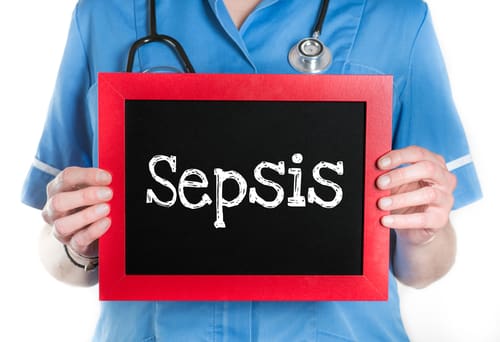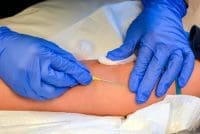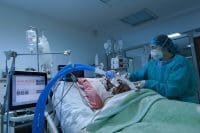By Julie Cullen, Managing Editor, American Nurse Today
A sepsis treatment study (called Clovers) that’s being conducted by the National Institutes of Health is being criticized by some within the NIH. And the headlines sound pretty alarming: “A trial enrolling new patients resembles ‘an experiment that would be conducted on laboratory animals,'” for example. Here’s a taste of what scientists on both sides of the debate are saying:
- “The human subjects of the Clovers trial, as designed and currently conducted, are unwitting guinea pigs in a physiology experiment.” (Dr. Michael Carome and Dr. Sidney M. Wolfe wrote in a letter o the federal Office for Human Research Protection, representatives of Public Citizen’s Health Research Group)
- “The guiding principle is patient safety, which takes priority over all else” (Dr. Nathan I. Shapiro, a professor of emergency medicine at Harvard Medical School and co-chairman of the protocol committee for the study)
And here’s a little info about the study itself:
- Clovers is designed to test a new strategy for treating septic shock.
- The study began in March 2018.
- It aims to enroll 2,230 patients at 44 U.S. hospitals.
- Participants are enrolled for 24 hours, during the first critical hours for treatment.
- Participants are randomly assigned to one of two groups: the “liberal fluids” group receives large infusions of fluids but limited vasopressor treatment or the “restrictive fluids” group, limits fluids and begins vasopressor treatment earlier.
The bottom line question that’s being raised is whether study participants are being treated in a way that deviates from usual care. Study researchers say that participants are receiving usual care while the critics say they aren’t.
If you want to learn more about the newest sepsis guidelines, read the article about the Surviving Sepsis Campaign’s new hour-1 bundle.
Source: New York Times



















1 Comment.
Depends on what is being seen. As long as there is no delay in treatment with antibiotics and attempt to find source then it seems like you would be okay. My concern is that unless you have a patient with fluid loss (vomiting and diarrhea) the fluid resuscitation could lead to fluid overload and increased morbidity. If there are no signs of dehydration and sepsis is suspected than the hypotension is more like to be septic shock and fluids are not the answer. If urine output drops below the minimum than pressor support would be needed. I would need to see full protocol to know what they are working toward.